Common Sprinkler Repair Mistakes and How to Avoid Them
Maintaining a well-functioning sprinkler system may seem simple, but small errors during sprinkler repair can create larger issues over time. This article explores frequent mistakes homeowners make when repairing their sprinklers and offers tips for avoiding them. A sprinkler system plays a crucial role in keeping lawns lush, gardens healthy, and water usage efficient. However, improper repairs often lead to wasted water, uneven irrigation, and higher maintenance costs. Understanding the most common pitfalls ensures your irrigation system operates at peak performance year-round.
Section 1: Misdiagnosing Problems
Understanding Common Symptoms
When homeowners start a sprinkler repair, they often misinterpret warning signs like puddles, dry patches, or higher-than-usual water bills. These may seem minor but can signal deeper issues such as hidden leaks, clogged nozzles, or faulty valves. Taking time to correctly identify the underlying cause prevents unnecessary work and costly mistakes. A careful assessment of symptoms leads to more effective and lasting results.
The Importance of Thorough Inspection
A complete system inspection is one of the most important steps in any sprinkler repair. Checking every component—from heads and valves to pipes and controllers—helps detect subtle issues that may otherwise go unnoticed. Overlooking a single leak or damaged connection can cause recurring problems later. A detailed inspection lays the foundation for successful and efficient repairs that extend your system’s lifespan.
Using the Right Tools for Diagnosis
Successful sprinkler repair often depends on using the right tools. Pressure gauges, moisture sensors, and flow meters provide precise information about your system’s performance. These tools help identify pressure fluctuations, clogged lines, or inefficient spray patterns. With accurate readings, homeowners can make data-driven adjustments that prevent water waste and improve coverage.
Consulting with Experts
Sometimes, calling an irrigation specialist is the most cost-effective move. Sprinkler systems involve electrical, hydraulic, and mechanical components that can be tricky to diagnose. Professionals have the experience to pinpoint issues and recommend the best solutions. According to the Healthy Green Spaces Coalition, efficient irrigation adjustments can cut outdoor water use by up to 30%. Expert input can transform a frustrating sprinkler repair into a long-term fix that saves both time and money.
Section 2: Incorrect Component Replacement
Identifying Compatible Parts
Choosing the wrong replacement parts is a common sprinkler repair mistake. Each system operates with specific pressure and flow requirements, and mismatched components disrupt balance. Always verify compatibility between old and new parts by checking the manufacturer’s specifications. This ensures seamless integration and consistent water distribution across your landscape.
Risk of Using Cheap Alternatives
Many homeowners attempt to save money during sprinkler repair by buying low-cost parts. However, cheap fittings and heads often break down quickly, leading to repeat repairs. Investing in high-quality, weather-resistant materials ensures long-term efficiency. While the upfront cost may be slightly higher, durable parts pay for themselves through reduced maintenance and fewer replacements.
Ensuring Proper Installation
Even when the correct components are used, improper installation can undermine your sprinkler repair. Misaligned heads, loose fittings, or poorly sealed joints can lead to leaks or uneven watering. Following installation guidelines carefully—especially torque and sealant instructions—guarantees better results. A precise installation prevents future system stress and extends the life of each part.
Impact of Incorrect Replacements on System Performance
Incorrectly replaced components can disrupt water pressure, waste water, and harm your lawn. Low-grade parts may cause irregular spray patterns or clog quickly, leaving some areas overwatered and others dry. Using the right materials and correct installation methods keeps your sprinkler system reliable and efficient. Proper sprinkler repair directly impacts the beauty and health of your outdoor space.
Section 3: Neglecting Regular Maintenance
Setting Up a Maintenance Schedule
A consistent maintenance schedule is essential for avoiding frequent sprinkler repair work. Set reminders to inspect your system each season, especially before summer and after winter. Check for leaks, broken heads, and timer issues to prevent small concerns from turning into major repairs. Consistent upkeep ensures reliable performance and a healthy, well-irrigated lawn.
Advantages of Preventive Measures
Preventive care reduces long-term repair costs and improves system efficiency. Cleaning filters, clearing nozzles, and adjusting heads regularly can prevent clogs and uneven watering. Experts estimate that proper maintenance can cut outdoor water use by as much as 40%. These proactive measures not only minimize the need for sprinkler repair but also conserve valuable resources.
Signs Your System Needs Immediate Attention
Warning signs like decreased pressure, erratic spray patterns, or soggy patches should never be ignored. These symptoms often signal deeper issues that require prompt sprinkler repair. Addressing them early prevents larger damage to underground lines or valves. Regular observation helps you detect changes quickly and maintain consistent system performance.
Documentation and Record Keeping
Maintaining repair logs and inspection records helps track performance over time. Documenting each sprinkler repair or adjustment allows you to identify patterns—such as recurring leaks or persistent blockages—and plan preventive measures. Organized records save time, reduce guesswork, and guide smarter long-term maintenance decisions.
Long-term Benefits of Regular Maintenance
Regular maintenance keeps sprinklers operating efficiently for years, preventing expensive emergencies. Homeowners who follow a structured schedule typically experience fewer breakdowns and lower utility bills. Consistent care protects your investment and eliminates the need for frequent sprinkler repair services. A little attention each season goes a long way toward achieving sustainable, beautiful landscapes.
Section 4: Improper Water Pressure Adjustments
Measuring Water Pressure Accurately
Incorrect water pressure can undermine even the best sprinkler repair. Using a pressure gauge allows you to measure and adjust your system to optimal levels. Aim for manufacturer-recommended ranges—usually 30 to 50 PSI—to maintain consistent water flow. Proper measurement ensures even distribution and prevents component strain.
Consequences of High Pressure
Excessive pressure can cause burst pipes, misting spray, and increased water waste. High pressure accelerates wear on valves and fittings, creating more frequent sprinkler repair needs. Installing a pressure regulator helps maintain consistent flow, reducing stress on the system and improving efficiency over time.
Effects of Low Pressure on Coverage
Low pressure can cause patchy watering and dry areas. It may result from leaks, clogged filters, or too many zones running simultaneously. Identifying and correcting these problems restores full coverage and reduces the likelihood of future sprinkler repair calls. Balanced pressure keeps your lawn evenly hydrated and healthy.
Section 5: Ignoring Seasonal Adjustments
Recognizing Seasonal Variations
Weather conditions significantly affect irrigation needs. During cooler months, plants require less water, while summer demands more frequent watering. Ignoring these seasonal shifts can waste water and stress your plants. Adjusting your system to match the season ensures efficient irrigation, keeps your landscape thriving, and aligns with local water conservation regulations.
Adjustments for Winterization
Failing to winterize is one of the costliest mistakes homeowners make. Freezing temperatures can cause water inside pipes to expand and crack. Before the first frost, drain the system completely or use an air compressor to blow out residual water. Proper winterization prevents damage and guarantees a smooth restart when spring arrives.
Annual Planning and Preparation
Developing an annual irrigation plan ensures your system adapts smoothly to each season. Include a spring activation checklist, mid-summer inspection, and autumn shutdown. Aligning maintenance with seasonal needs improves water management and minimizes system downtime. By taking a proactive approach, homeowners can extend their system’s lifespan and maintain consistent performance throughout the year.
A well-maintained sprinkler system is the foundation of a healthy, efficient landscape. By recognizing and avoiding common sprinkler repair mistakes—such as misdiagnosing problems, using incorrect parts, and ignoring seasonal maintenance—homeowners can extend the lifespan of their systems and conserve valuable water. Regular inspections, proper installations, and consistent upkeep ensure smooth operation year-round. Investing time in preventive maintenance leads to fewer repairs, lower utility costs, and greener lawns. Taking a proactive approach today keeps your irrigation system thriving for years to come. For sprinkler repair, contact Commercial Irrigation.
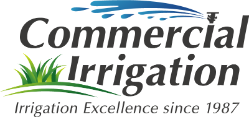
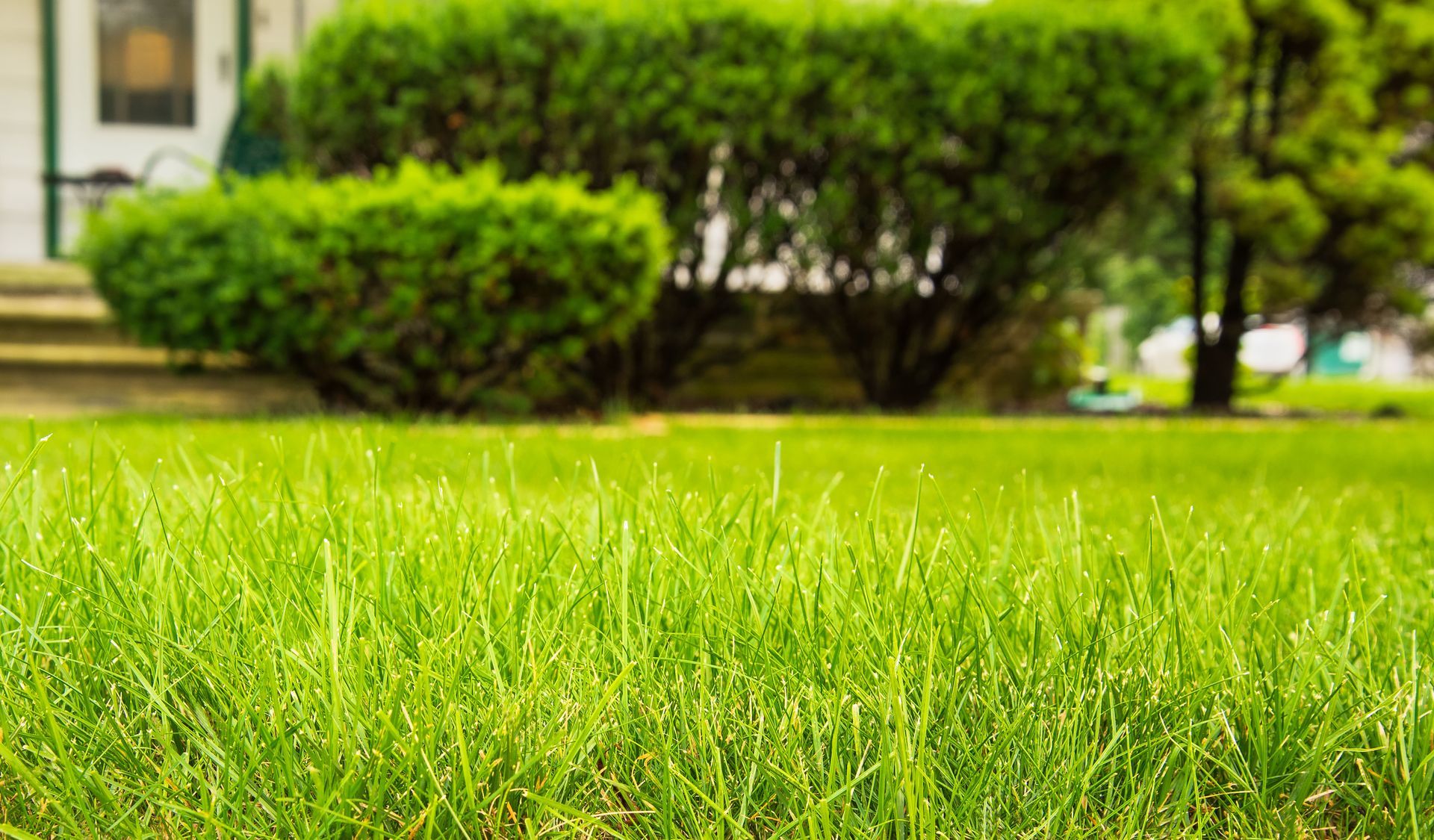
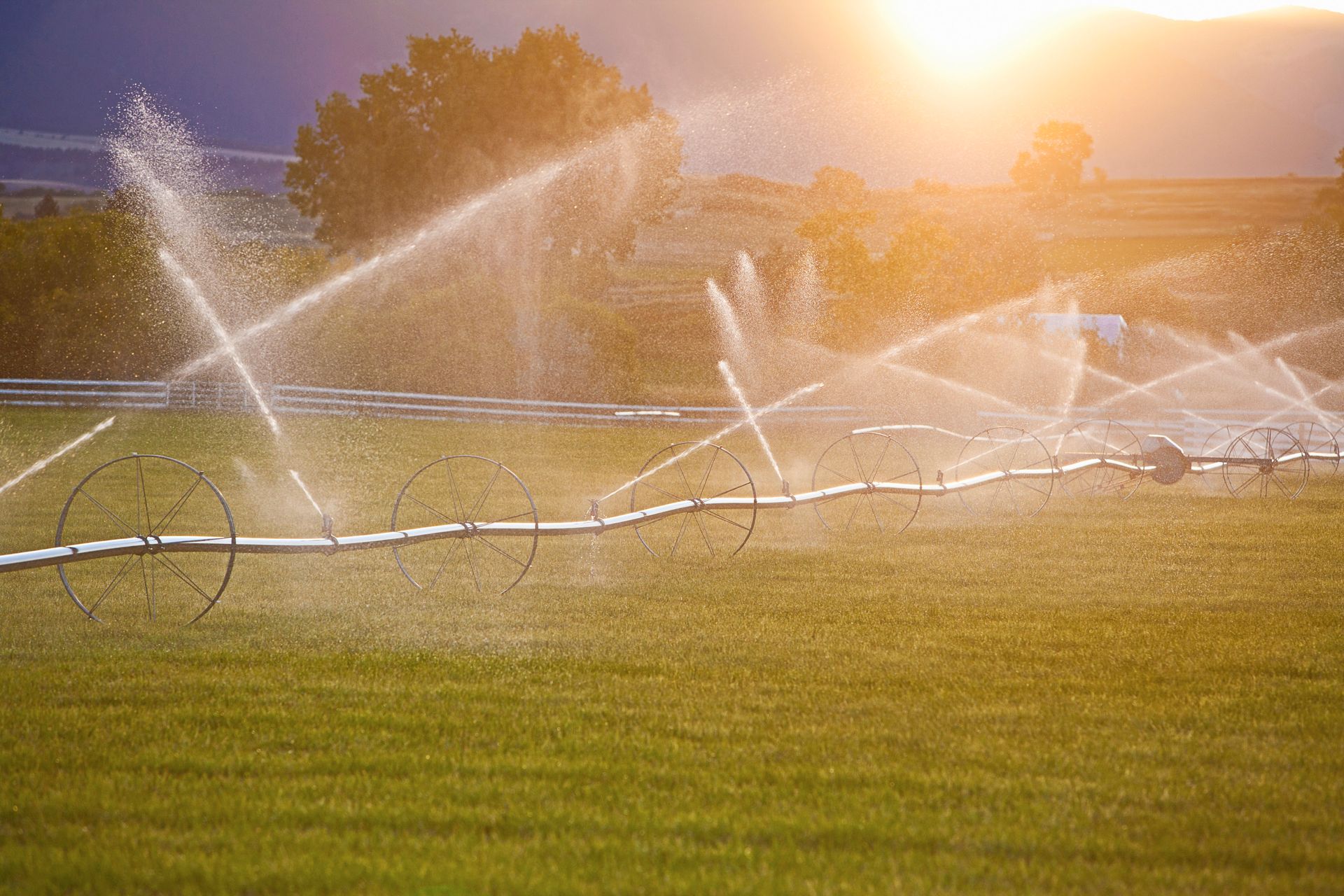
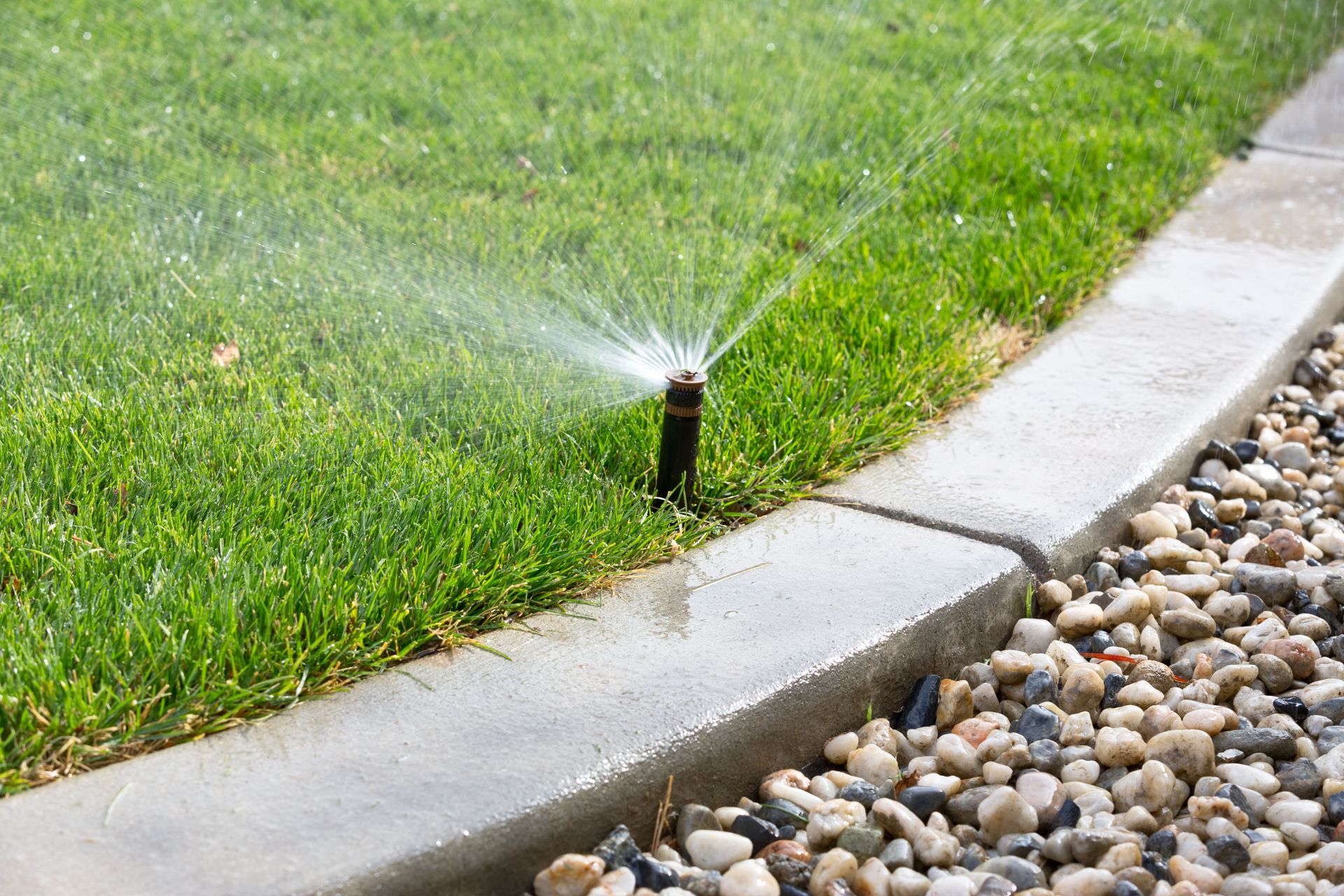
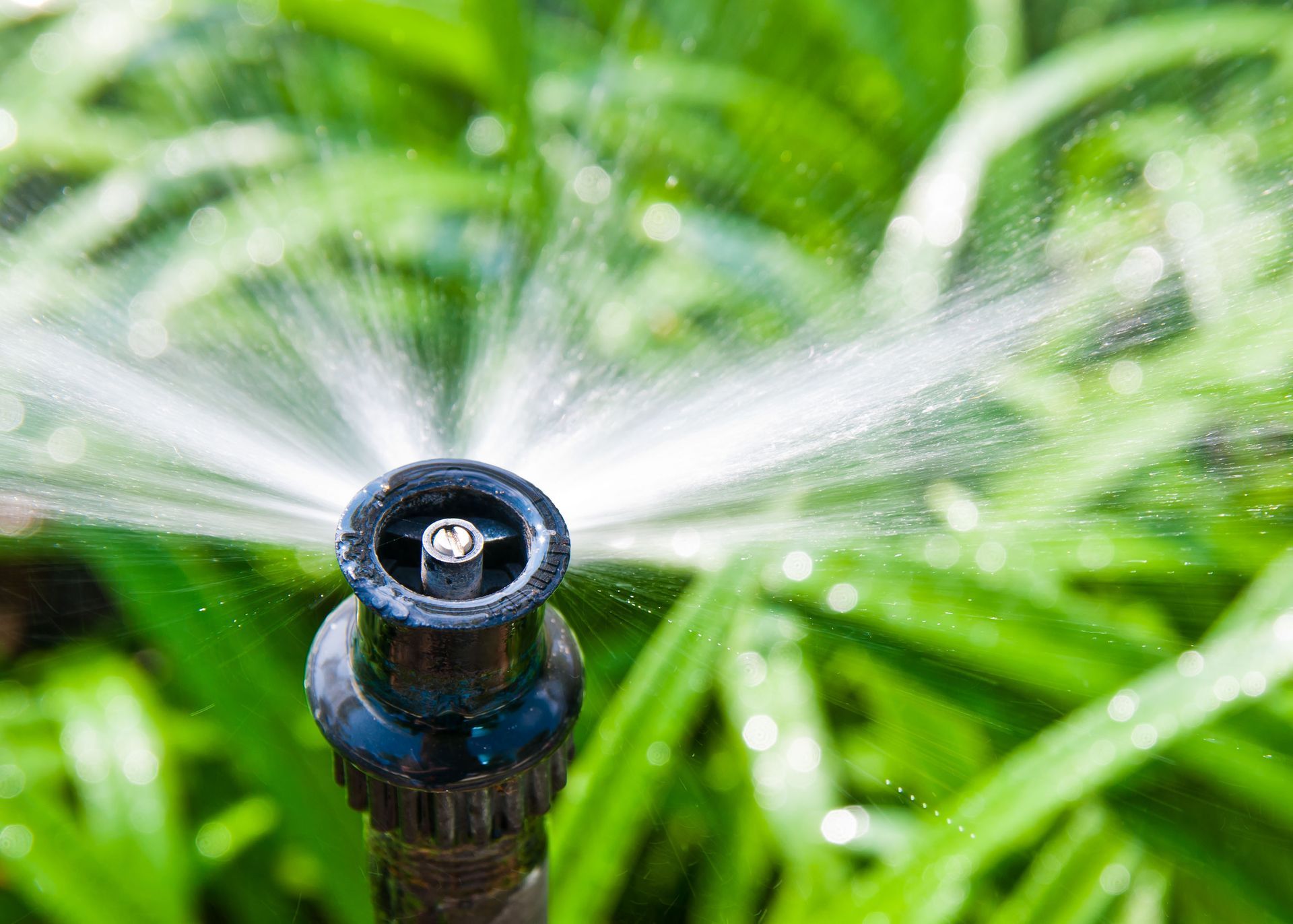
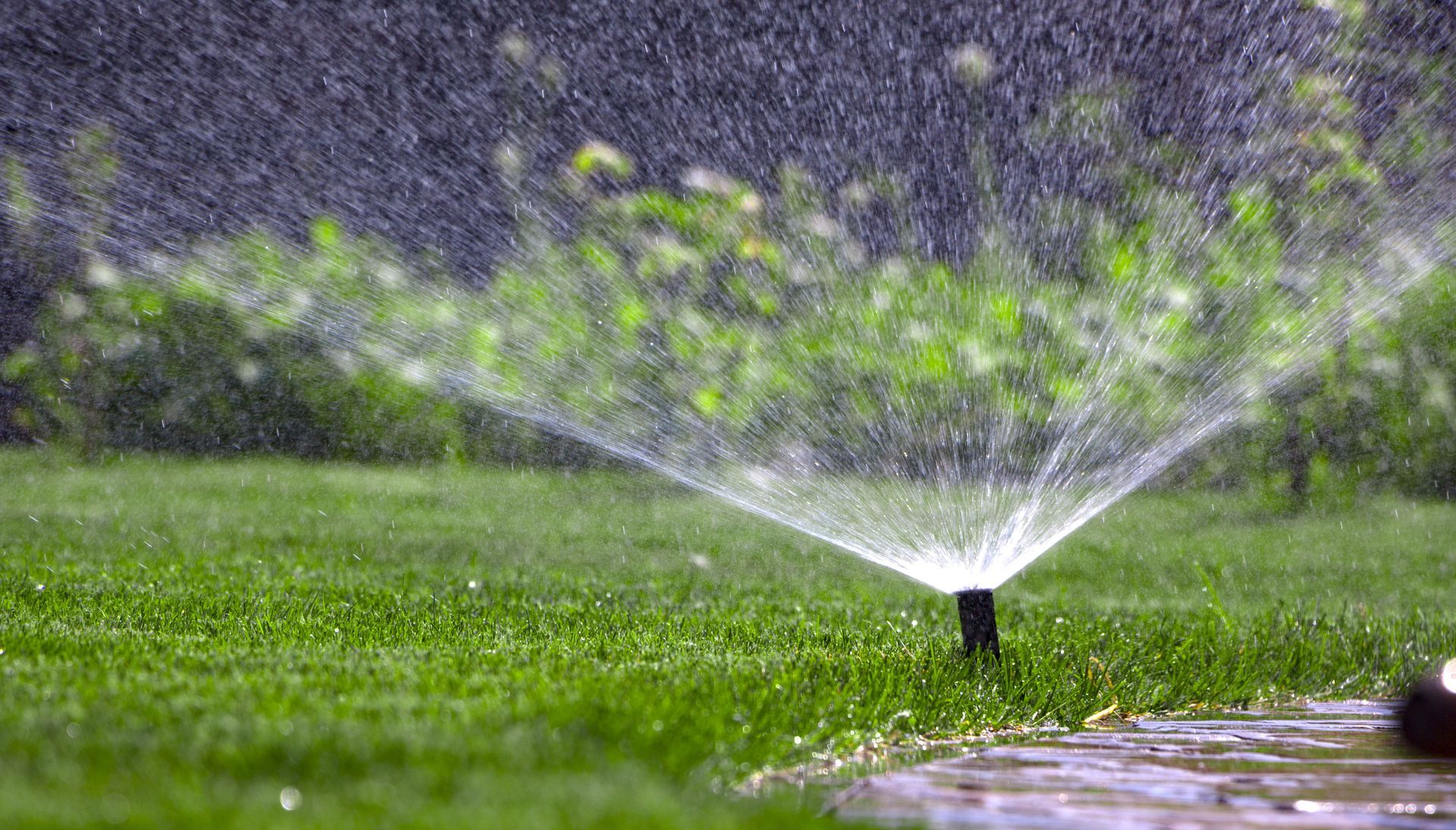
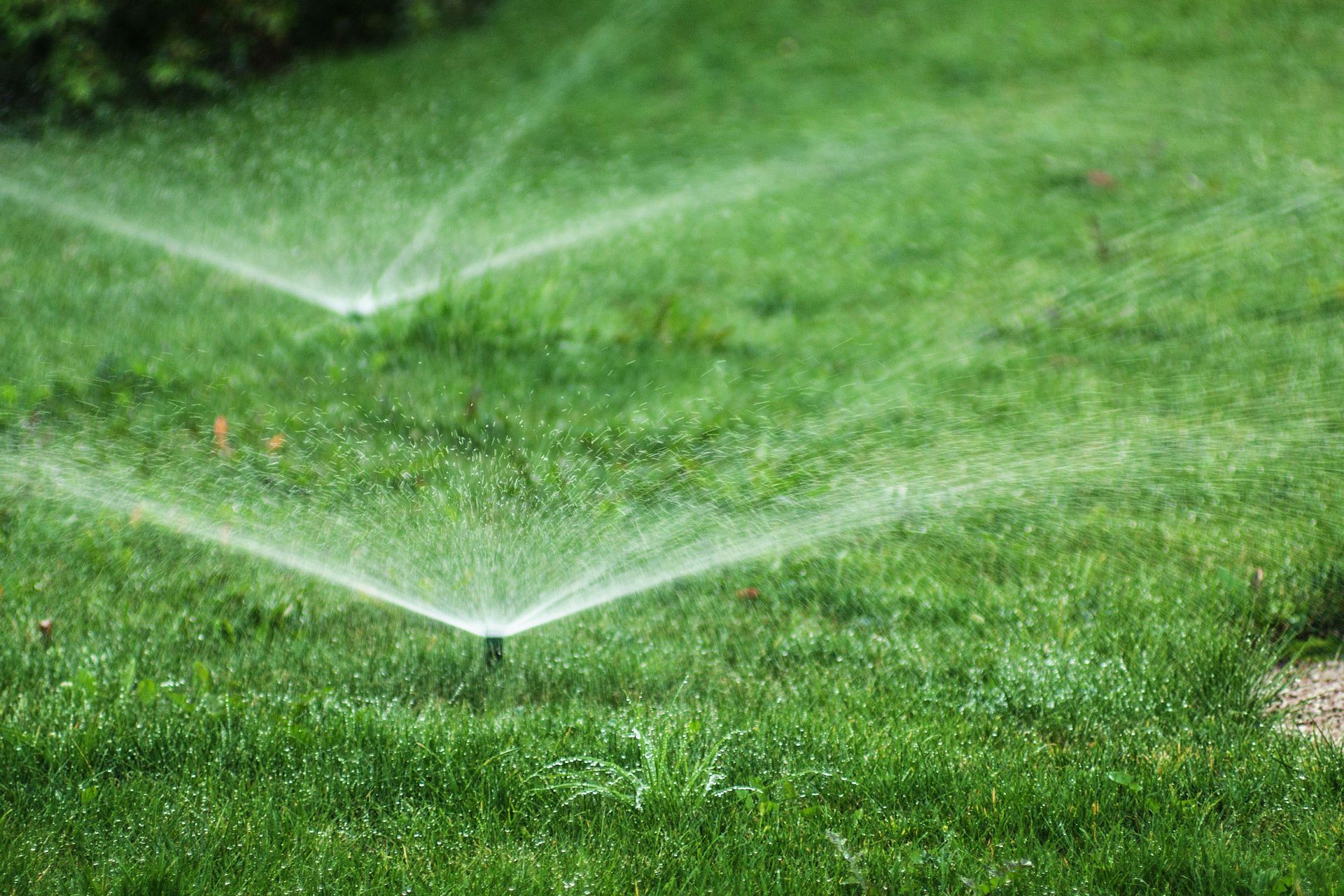
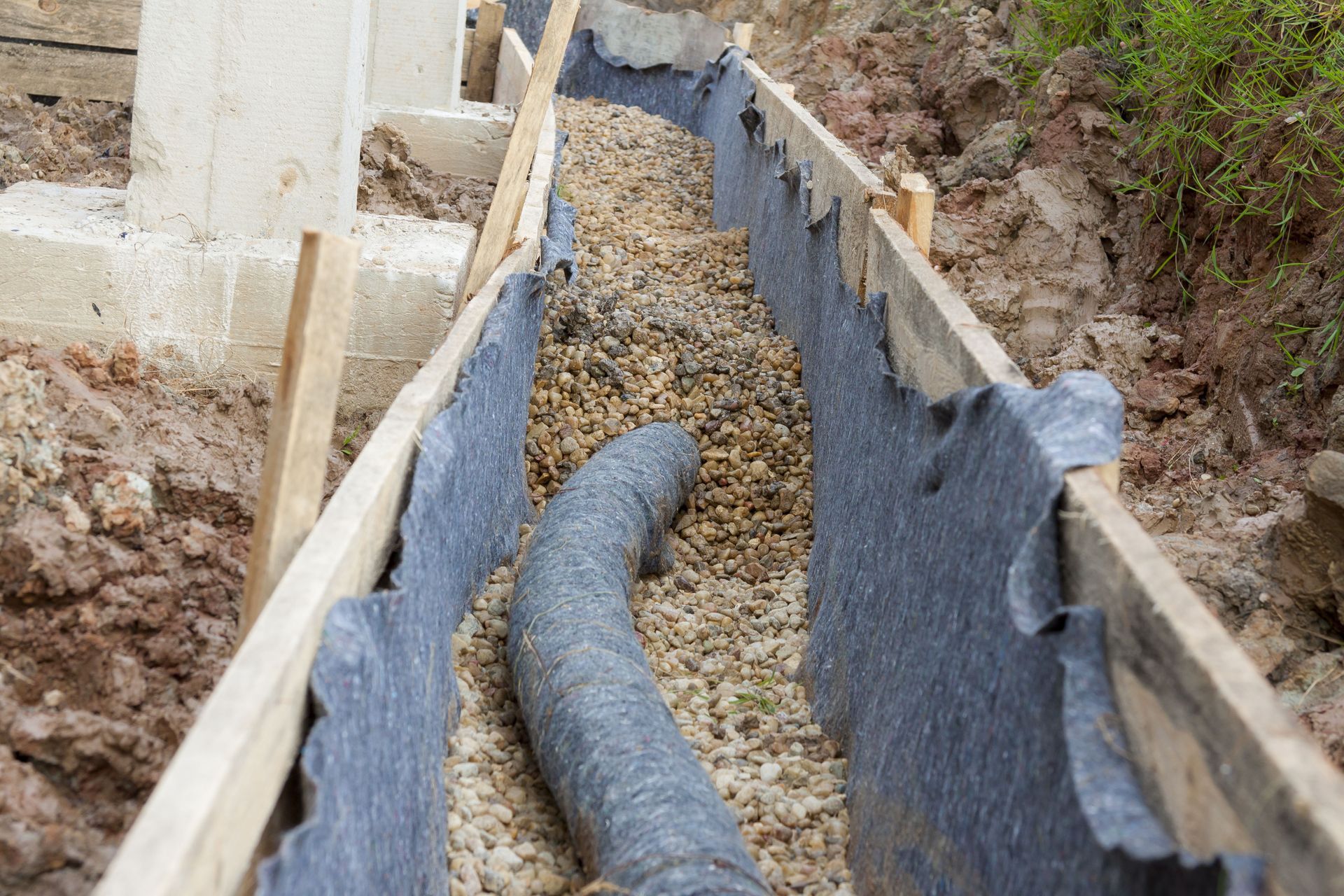



Share On: